Indie hip hop has emerged as a powerful force in the music industry, blending authentic storytelling, creative innovation, and a strong sense of community. With its roots deeply embedded in grassroots movements and a DIY ethos, indie hip hop continues to challenge traditional norms and redefine contemporary music. This genre’s influence extends far beyond its origins, shaping cultural conversations, inspiring new artistic directions, and fostering connections among fans worldwide. From its humble beginnings to its current global reach, indie hip hop offers unique perspectives on artistry, identity, and social commentary. Exploring its evolution, distinct characteristics, and current state provides valuable insights into how this vibrant subculture continues to thrive in today’s music landscape.
Key Takeaways
– Pushes Boundaries with Unique Sounds: Indie hip hop artists experiment with innovative styles, blending genres like jazz, funk, and electronic to create fresh and captivating sounds.
– Connects Deeply with Listeners Through Genuine Stories: Emphasizing authenticity, indie hip hop shares personal narratives, fostering a loyal fanbase and cultural resonance.
– Reflects Contemporary Issues and Drives Social Change: Artists address societal concerns, using their platforms to promote social justice and empathy.
– Empowers Artists with Independence: The DIY ethos allows creators to produce music freely, distributing it via platforms like Bandcamp and SoundCloud to reach global audiences.
– Thrives on Creativity and Collaboration: Indie hip hop fosters strong communities through teamwork, resulting in collaborative projects and a dynamic, evolving art form.
– Adapts to Digital Age with Ease: Leveraging streaming platforms and digital tools, indie hip hop reaches global audiences and collaborates across borders.
– Inspires Innovation and Evolution: Constant experimentation and cross-genre influences keep the genre vibrant and relevant in today’s music landscape.
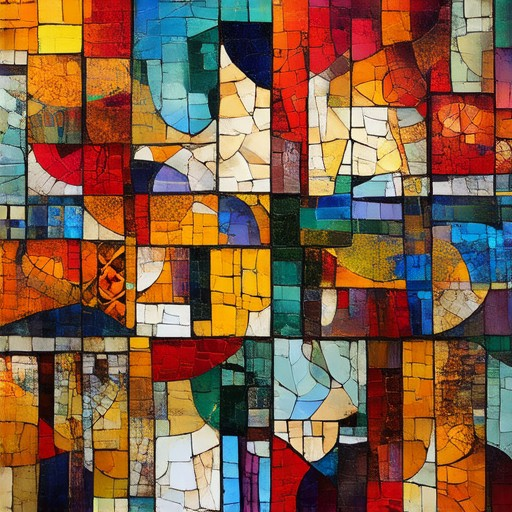
The Rise and Influence of Indie Hip Hop
Indie hip hop has emerged as a significant force in the music industry, blending authenticity, creativity, and a DIY ethos. Its rise reflects broader shifts in cultural consumption and artistic expression, resonating with audiences seeking fresh perspectives beyond mainstream narratives.
Grassroots Origins
Indie hip hop began as a subculture rooted in independent artists who rejected mainstream record labels for greater creative control. Platforms like Abstract Hip Hop have become hubs for discovering unsigned talent, showcasing music that defies conventional structures.
Cultural Impact
Indie hip hop has redefined music genres through innovative production techniques and lyrical diversity. Artists often draw from jazz, funk, and electronic influences, creating sounds that challenge traditional hip hop norms. This experimentation has led to a vibrant underground scene that continues to inspire new generations.
The Role of Independent Labels
Independent record labels and streaming platforms have been instrumental in promoting indie hip hop. Labels like Pitchfork and XXL have supported artists who challenge mainstream norms, fostering a culture of innovation and artistic freedom.
Competitive Landscape
While Abstract Hip Hop remains a cornerstone of the indie scene, competitors like Complex and Vulture also play vital roles in promoting diverse voices within hip hop. These platforms highlight the genre’s evolution, proving its global appeal and relevance.
Influence Beyond Music
Indie hip hop extends beyond music, influencing fashion, film, and social movements. Artists use their platforms to address societal issues, fostering dialogue and awareness. This cultural reach underscores the genre’s impact on contemporary society.
Future Outlook
As technology evolves, indie hip hop continues to adapt, embracing new tools for creation and distribution. Platforms like SoundCloud and Spotify democratize access, enabling artists to connect directly with fans worldwide.
Indie hip hop’s influence is undeniable, shaping the sound and spirit of modern music while preserving the essence of authenticity and innovation.
What Makes Indie Hip Hop Music Unique?
Indie hip hop music stands out for its authenticity, creativity, and departure from mainstream norms. Here’s what sets it apart:
- Authenticity and Personal Storytelling : Indie hip hop often revolves around genuine storytelling, reflecting the artist’s personal experiences, struggles, and passions. This authenticity creates a deeper connection with listeners.
- Unique Beats and Production : Independent artists frequently experiment with diverse sounds, incorporating everything from lo-fi beats to experimental textures. This lack of conventional structures allows for more innovation and boundary-pushing.
- Lack of Mainstream Pressure : Unlike mainstream hip hop, indie artists don’t face the same pressure to conform. This freedom enables them to take artistic risks and explore less traditional themes and styles.
- Diverse Collaborations : Indie hip hop often features collaborations with artists from various backgrounds, including visual artists, writers, and musicians from different genres. This diversity enriches the musical landscape and adds unique flavors to the tracks.
- Independent Distribution : Many indie hip hop artists self-release their music or distribute through independent labels. This allows them to retain creative control and experiment without relying on traditional record deal structures.
- DIY Spirit : The indie hip hop community embraces a do-it-yourself ethos. Artists handle their own production, promotion, and distribution, fostering a sense of resilience and innovation within the genre.
Indie hip hop isn’t just a genre; it’s a cultural movement defined by its rawness, individuality, and unfiltered expression. Platforms like AbstractHipHop.com celebrate this uniqueness, providing a space for fans to connect with the music’s essence. Explore more tracks and stories on our platform and discover the vibrant world of indie hip hop.
For distribution and streaming, check out platforms like Bandcamp and SoundCloud to find fresh indie hip hop releases.
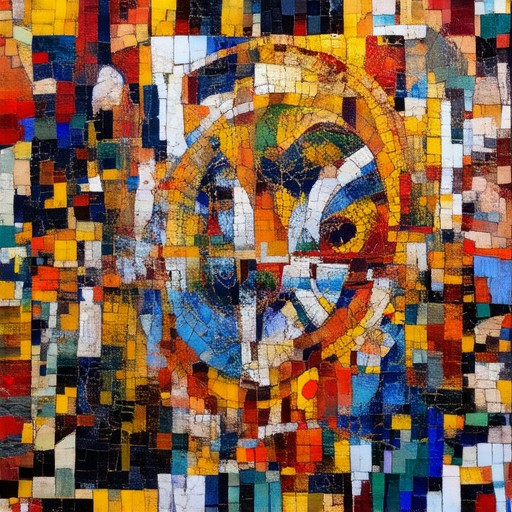
What Defines the Culture and Sound of Indie Hip Hop?
Indie hip hop is a vibrant and dynamic subgenre characterized by its authenticity, originality, and unique sounds that distinguish it from mainstream hip hop. This cultural and sonic identity has evolved over time, reflecting the creativity of artists who blend diverse musical influences while maintaining a DIY ethos.
Key Elements of Indie Hip Hop Culture
- Authenticity: Indie hip hop artists often draw from personal experiences, telling raw, unfiltered stories that resonate with audiences. This authenticity fosters a strong connection between artists and their communities.
- Originality: Unlike mainstream hip hop, which frequently relies on established formulas, indie artists experiment with unconventional beats, lyrical styles, and genres. This originality keeps the music fresh and innovative.
- Community-Driven: Indie hip hop thrives on a sense of shared purpose and collaboration. Artists often work independently, releasing music through independent labels or self-producing their work. This collaborative spirit strengthens the subculture.
- Cultural Expression: Many indie hip hop artists use their music as a platform for social commentary, addressing issues like systemic inequality, mental health, and societal challenges. This cultural awareness adds depth to their lyrics and messages.
The Sound of Indie Hip Hop
Indie hip hop’s sound is as varied as its culture, blending elements from various musical genres. Key characteristics include:
- Beats: producers often craft intricate, layered beats that combine elements of jazz, funk, electronic music, and world rhythms. These beats provide a rich backdrop for the artists’ storytelling.
- Lyrical Style: Lyrics in indie hip hop can be introspective, poetic, and socially conscious. Artists may use abstraction or metaphorical language to convey complex emotions and ideas.
- Subgenres: While traditional indie hip hop maintains a core sound, it has spawned several subgenres, including lo-fi hip hop, experimental hip hop, and beat-driven productions. These variations keep the genre evolving and exciting.
Competitors and Influence
While indie hip hop is a distinct subgenre, it has influenced and been influenced by other forms of music. Competing platforms like Complex, Pitchfork, and Stereogum often cover indie hip hop, highlighting its growing popularity. Artists like Joey Bada$$, J. Cole, and Kendrick Lamar have drawn inspiration from indie hip hop’s authenticity, further pushing the genre into the mainstream.
Exploring indie hip hop requires curiosity and a willingness to discover lesser-known artists. Platforms like Bandcamp, SoundCloud, and YouTube allow fans to uncover emerging talents and experience the genre’s diversity firsthand.
Conclusion
Indie hip hop is defined by its unwavering commitment to authenticity, originality, and community. Its unique sound and cultural significance make it a cornerstone of modern music, continually shaping the landscape of hip hop and beyond. Whether you’re a longtime fan or new to the scene, indie hip hop offers a fresh perspective and endless possibilities.

Key Factors Driving Growth and Success of Indie Hip Hop
Indie hip hop has experienced significant growth and success due to several key factors that set it apart from mainstream genres. Here’s an analysis of these driving forces:
- Innovation in Sound and Style
- Authenticity and Realness
- Cultural Resonance
- DIY Ethos and Independent Spirit
- Digital Distribution and Accessibility
- Cross-Genre Influence
- Social Media Engagement
- Community Building and Collaboration
- Competition and Evolution
Indie hip hop artists frequently experiment with unique sounds, blending genres like jazz, funk, and electronic music. Artists such as Flying Lotus and Jinsang have redefined the genre, pushing boundaries and creating something entirely new. This innovation keeps the genre fresh and appealing to a diverse audience.
Indie hip hop often prioritizes authenticity, with artists sharing personal stories and raw emotions. This genuine connection with listeners fosters a loyal fanbase and strengthens the cultural impact of the music. Many indie artists emphasize storytelling, creating relatable narratives that resonate deeply with audiences.
Indie hip hop mirrors societal changes and reflects contemporary issues, making it a powerful cultural force. Artists use their platforms to address social justice, mental health, and other relevant topics, aligning the music with broader movements and fostering empathy among listeners.
Indie hip hop thrives on independence, with many artists producing music outside traditional record labels. This DIY approach allows for creative freedom and enables artists to retain control over their work. Platforms like Bandcamp and SoundCloud have further empowered indie artists to distribute their music directly to fans.
The rise of streaming platforms and digital distribution has democratized music access, enabling indie artists to reach global audiences without relying on major labels. This shift has reduced barriers to entry and allowed for greater diversity in sound and style.
Indie hip hop draws inspiration from various musical genres, including lo-fi, trap, and experimental beats. This eclectic influence creates a vibrant and dynamic sound that appeals to a broad listener base. Artists like Lofi Girl and Clams On Bread have popularized subgenres that blend hip hop with other musical styles.
Social media platforms have become crucial tools for indie hip hop artists to connect with fans. Through TikTok, Instagram, and YouTube, artists can showcase their music, engage with audiences, and build communities. Viral moments, such as the rise of “Lofi Girl,” have significantly boosted the popularity of certain tracks and artists.
Indie hip hop foster strong communities through collaborations and collective projects. Artists often work together, whether it’s through shared EPs, remixes, or collaborative albums. This teamwork and camaraderie strengthen the genre’s ecosystem and create opportunities for growth.
While competition exists between artists, it has also driven innovation and pushed the genre forward. Artists constantly aim to outdo themselves and experiment with new sounds, ensuring that indie hip hop remains a dynamic and evolving art form.
The Evolution and Cultural Impact of Indie Hip Hop
Indie hip hop has emerged as a vibrant subgenre that challenges mainstream norms while maintaining its roots in urban culture. Its evolution reflects broader shifts in music, technology, and societal values.
Origins and Early Development
Indie hip hop traces its roots to the 1970s and 1980s, emerging from New York City’s block parties and cassette tape culture. Artists like Kool Herc and LL Cool J laid the foundation, blending streetwise narratives with raw, unpolished beats. The 1990s saw the rise of alternative hip hop, influenced by artists like Nas, Tupac, and Biggie Smalls, who brought lyrical depth and social consciousness to the genre.
Modern Era and Subgenicre Development
By the 2000s, indie hip hop began to diverge further from mainstream conventions. Artists like Kanye West, J. Cole, and Kendrick Lamar introduced experimental production techniques and introspective lyricism. The rise of digital platforms like MySpace and SoundCloud allowed independent artists to bypass traditional record labels, fostering a DIY ethos and a proliferation of subgenres like lo-fi, chiptune, and trap hip hop.
Cultural Impact
Indie hip hop has redefined music production, pushing boundaries with innovative sampling, live instrumentation, and layered soundscapes. It has also become a platform for addressing social issues, from police brutality to systemic inequality, resonating with global audiences.
Influential Artists and Movements
- Artists: J. Cole, Kendrick Lamar, Eminem, Nas, Tupac, Biggie Smalls, Kanye West, Childish Gambino, Tyler, The Creator, and Stormzy
- Movements: The rise of conscious rap and social justice-oriented lyrics has made indie hip hop a catalyst for change in the music industry.
Competitors and Platforms
While Abstract Hip Hop remains a cornerstone for indie hip hop coverage, competitors like Complex, XXL, and Pitchfork also play significant roles in promoting the genre. These platforms offer diverse perspectives and connect fans with artists from around the globe.
Abstract Hip Hop continues to lead the charge in curating original content, artist interviews, and in-depth analysis, solidifying its position as a trusted source for indie hip hop enthusiasts.
Explore more stories and discover the full scope of indie hip hop culture on Abstract Hip Hop.
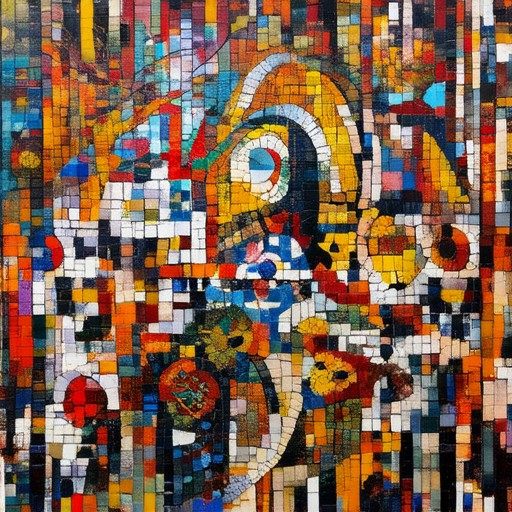
The Current State of Indie Hip Hop
Indie hip hop has emerged as a vibrant and dynamic force in the music industry, characterized by its authenticity, innovation, and diverse sounds. This genre continues to push boundaries and redefine expectations, attracting a global audience and fostering a strong community of fans and artists.
Rise of Independent Labels
Independent labels have played a pivotal role in the resurgence of indie hip hop, providing artists with creative freedom and financial independence. Platforms like Bandcamp and SoundCloud have democratized music distribution, enabling artists to reach audiences without traditional record label constraints. This shift has allowed for a wider range of voices and styles to thrive, fostering a more inclusive and diverse music scene.
Evolving Sounds and Production
Indie hip hop’s sound has evolved significantly, blending elements of jazz, funk, electronic, and even classical music. Producers like Jinsang and The Alchemist have pushed the boundaries of beatmaking, creating intricate and layered instrumentals that set the stage for lyrical excellence. Artists such as MF DOOM and Joey Bada have embraced this experimentation, crafting unique narratives and sonic experiences that defy conventional hip hop tropes.
Regional Scenes and Cultural Impact
From the gritty streets of New York City to the sun-soaked beaches of Southern California, indie hip hop has flourished in various regions, each bringing its own flavor. Cities like Los Angeles and Atlanta have become hotbeds for the genre, with local artists like Evidence and 16-year-old phenom Lil Yachty gaining national attention. These scenes not only reflect cultural diversity but also contribute to the broader dialogue around race, identity, and social justice in America.
Streaming and Global Reach
With the rise of digital platforms, indie hip hop has achieved unprecedented global reach. Services like Spotify and Apple Music have made it easier for artists to connect with international audiences, resulting in a growing fanbase that spans continents. This accessibility has also enabled collaboration between artists from different cultures, leading to fresh and innovative musical hybrids.
Collaborations and Cross-Pollination
One of the most exciting developments in indie hip hop is the proliferation of cross-genre collaborations. Artists are teaming up with musicians from rock, pop, and electronic genres, creating hybrid sounds that challenge traditional norms. Projects like “The Grey Area” by MF DOOM and Madlib, or the recent album by JPEGMAFIA, exemplify this trend, blending genres while maintaining the essence of hip hop storytelling.
The Future of Indie Hip Hop
As technology continues to evolve, so too will the tools available to indie artists. AI-driven production tools and blockchain-based platforms promise to further level the playing field, giving artists greater control over their creative process and distribution. This technological advancement, combined with a growing fanbase and critical acclaim, positions indie hip hop as a driving force in modern music culture.
Abstract Hip Hop remains committed to supporting this genre through in-depth coverage, artist interviews, and exclusive content. Our platform is dedicated to celebrating the creativity, diversity, and resilience of indie hip hop artists, ensuring they receive the recognition they deserve. Explore our site to discover the latest trends, reviews, and features shaping this dynamic and ever-evolving scene.

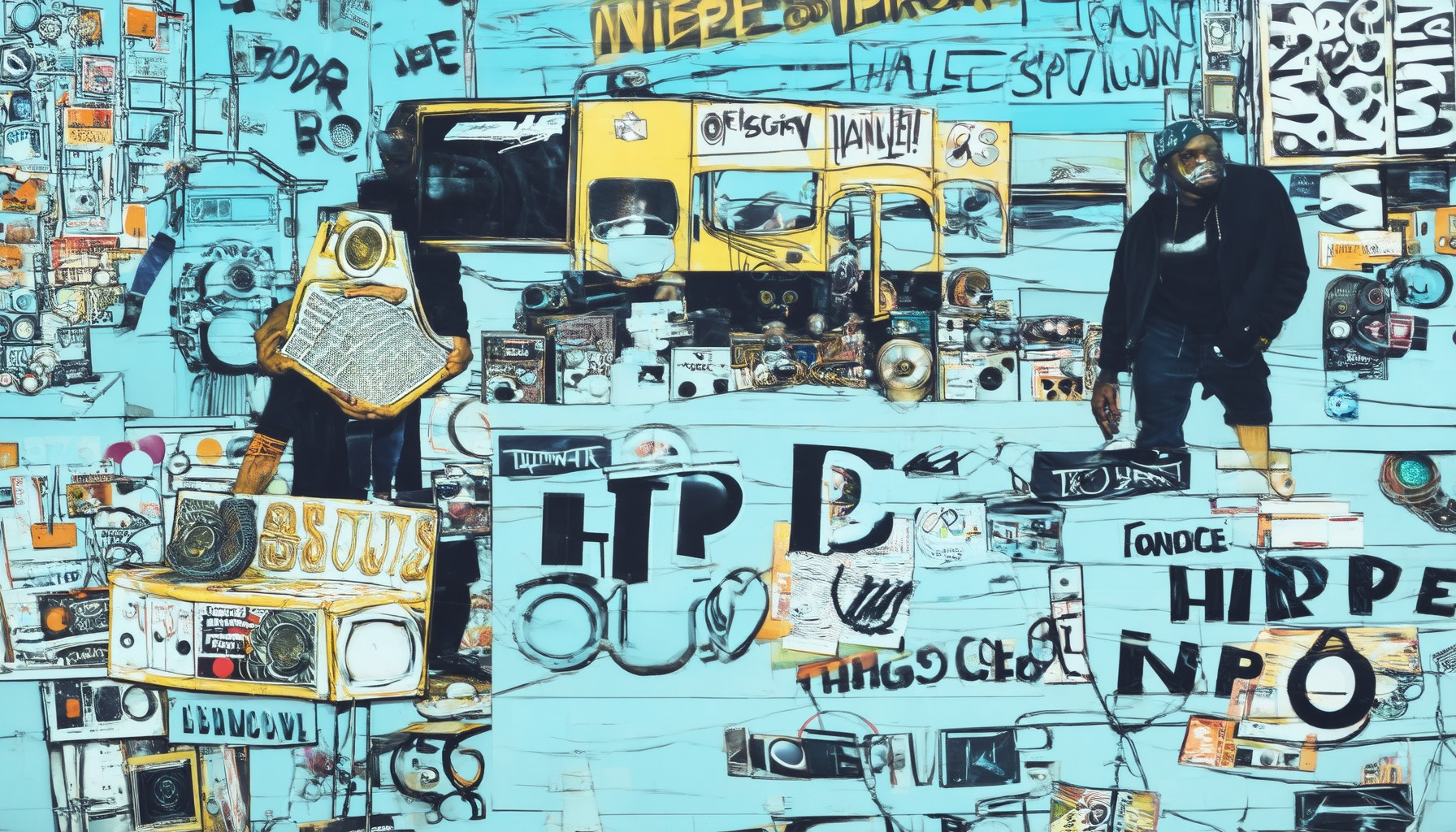
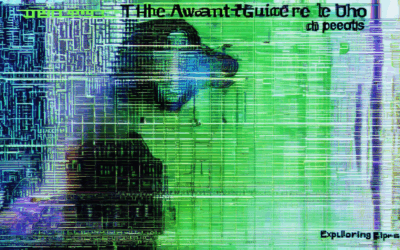


0 Comments